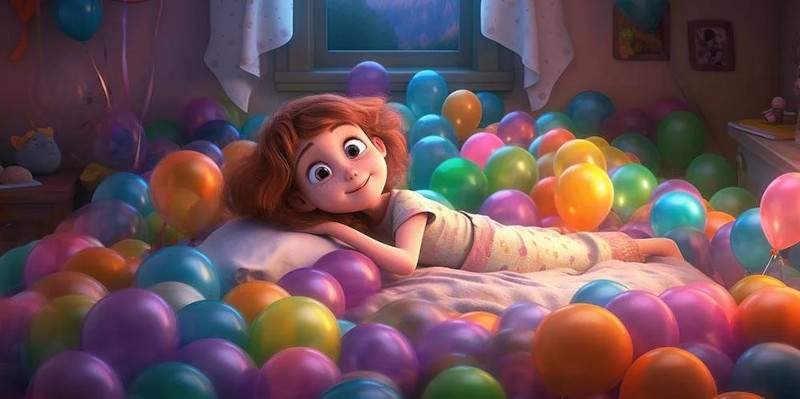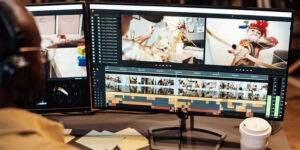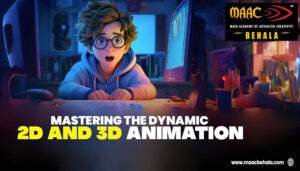The medium of animation enables filmmakers to research the impossibility of producing fantasy tales that do not exist. Animation Disney movies have a separate fan base. Walt Disney has produced outstanding animated films by fully utilising this unique quality. Walt Disney has long been regarded as one of the top motion picture production companies thanks to the famous premiere of this fictional character called Mickey Mouse.
Some of the legendary animated Disney animated films like The Lion King, Bambi, Tarzan, and Alice in Wonderland still draw audience attention. These movies use certain techniques or principles that are still followed using advanced tools. Some of these are-
- Stretch and Squash
According to the squash-and-stretch principle, an object’s shape can represent movement, speed, and volume by transitioning from a crushed to a stretched posture. By morphing an element for a few frames, you can present an object that appears less stiff and has approximate natural movement.
- Anticipation
Creating anticipation can pique interest and curiosity in a crucial component or scene. Instead of simply presenting an action, you build anticipation for what’s next, which makes the final payoff more potent. Additionally, including an additional phase or scene improves how viewers comprehend the scene. Viewers don’t have to struggle to understand what is happening because it teases what is to come.
- Staging
The staging approach is entirely intended to prevent confusion. The main takeaway is that everything should have a distinct purpose or be prioritized according to importance.
- Forward Motion and Pose-to-Pose
In traditional animation, using Straight-head and Pose-to-Pose sketching techniques, each frame is drawn to depict a motion or movement. In Pose-to-Pose, you sketch a moving element’s starting and ending positions. The entire transitional details that you see between these extremes are then animated. Until the scene is complete, you animate each frame in Straight-Ahead animation. You can make more fluid animations than with Pose-to-Pose because the extremes are not constrained. After all, you are animating each frame.
- Follow Through and Overlapping Action
Rarely do things or living things go from a moving state to a completely rigid one. Even when an object remains motionless, some pieces continue moving after it stops bouncing or changing locations. For instance, a horse stops running once the jockey pulls on the reins, but it is powerless to stop the saddle from bouncing forward when the horse does.
- Slow in and slow out
Bullet trains, rockets, and aircraft do not suddenly accelerate to speeds of hundreds of kilometres per hour. They move slowly, or “slow in,” before picking up speed and reaching their apex. To safely reach their goal, they slow down as they approach it.
Conclusion
Like these, a few other techniques are used in Disney animation movies. If you are keen to learn these techniques, starting with an animation course from MAAC Behala Institute is best.




